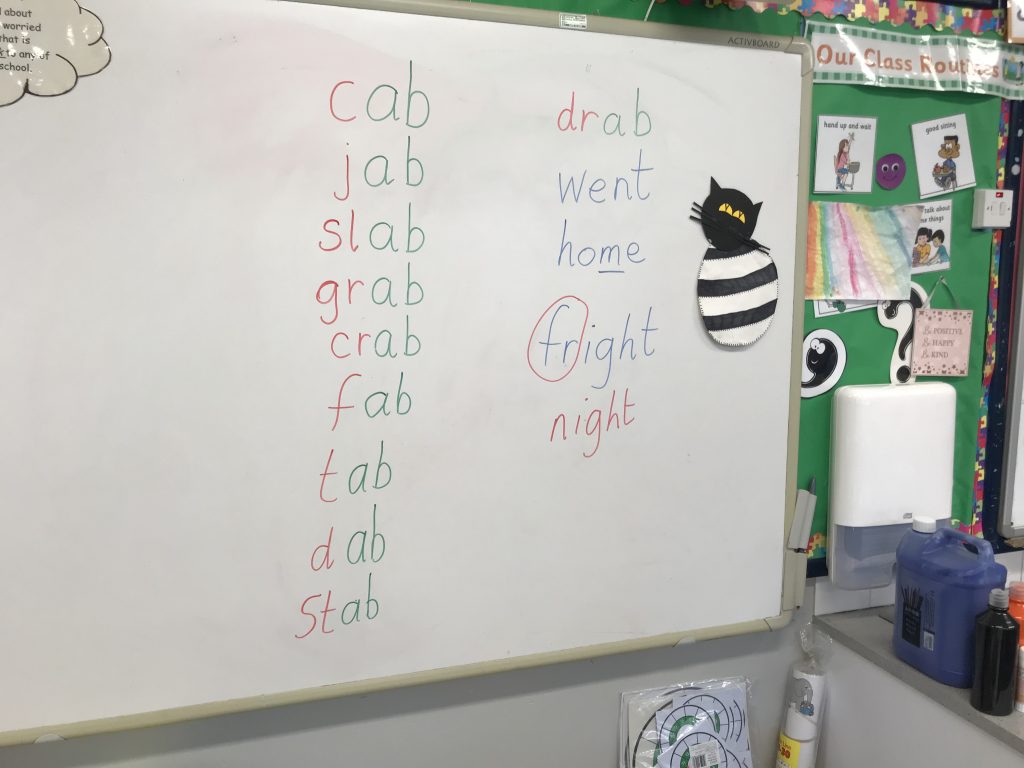Pom-Pom Spiders and Sticky Fingers
“You’ll learn to think on your feet in this place!”
Only an hour in the classroom and I was already beginning to understand what the teacher meant when she quoted the above to me. A small Primary 3 class of only eleven well-behaved, bright children can prove to be a challenging, chaotic and unpredictable environment for even the most organised of teachers! With an enthusiastic, spontaneous and encouraging teacher, I was pushed to dive into the deep-end and begin learning-by-doing; by the end of Day One I had taught a lesson on “Bonds of 10”, had taken two reading groups and had carried out an Arts and Crafts lesson I’d organised myself! I was truly learning what it meant to be able to “think on your feet” and I was left with much to reflect on.

In order to carry out an effective and valuable reflection on my initial experience in St Peter’s Primary School, I will be using the Gibbs Reflective Cycle as a model. Using this model will be beneficial to me as I embark on my teaching career, as reflective practice is “fundamental to teacher professional development” and is a “core activity within the profession” (Cartwright and McGregor, xv).
 Description
Description
I was asked by the class teacher to prepare a Halloween Arts and Crafts lesson to use for display and having worked in childcare for 4 years in daycare settings, I had experience in organising themed art activities. However I was acutely aware that this was not a daycare setting: this was a school setting. To make the activity relevant to the setting, I wanted to ensure that whatever art the children would be doing would have an element of learning to it. I ended up choosing to do the activity on spider-webs, using black paper and white chalk. I told the children that we were going to make spider-webs and used a Halloween decoration to give an example of what our webs will look like by the end of the activity. I explained to the children that we were going to fold our black piece of paper into two halves and I demonstrated to them how to do it. Once the children had folded their paper, I asked them questions about fractions; I asked “When we fold our paper once, how many halves do we get? What about when we fold our paper in half twice? How many quarters make one whole?” I then explained to the class how we were going to make a web “pattern” using the four quarters on the page. By asking these questions and using this language, I was able to incorporate maths into the art lesson!

Using the board, I demonstrated how to create the web pattern by drawing “curved” lines in each quarter of the page, beginning in the middle and working outwards. For some children, this was quite a simple task, while others struggled to grasp the concept; as I worked my way around the room, I found that some children didn’t understand where the middle of the page was, others were drawing unconnected lines around the page, whilst others were struggling to recreate consistant “curved” lines.
By going around the room and stopping with each child, I was able to see the different levels of understanding and could provide individual guidance to help each of them complete the task. For the children who found the task easy and were finished quickly, I asked them would they like to draw a spider to put on their web. Whilst going to fetch some drawing paper, I noticed a child put her pom-pom keychain on the web and tell her friend, “Look at my fuzzy, pink spider!” How creative! After asking the teacher about more art resources, we were able to come up with pom-poms, pipe-cleaners, googly eyes and lots of glue to make perfect, colourful spiders to complete the art pieces! When I returned to the children with this new plan to create colourful pom-pom spiders, I was met with the reply, “Why? Why aren’t we drawing the spiders?” I asked the class to recall one of the spelling words we had discussed that morning – “drab”. I explained to them that, without the colourful pom-pom spiders, our art pieces may look a bit “drab” on display because of the lack of colour (the art of “thinking on your feet”!)
 Feelings
Feelings
Upon being asked to conduct an Arts and Craft lesson and in preparation for it, right up until the moment of doing it, I was super nervous! I was worried about the children’s attention, my ability to teach and explain coherently without getting flustered and their capability to carry out the activity – maybe it would be too hard, maybe too easy! During the lesson I was still nervous but a lot less worried and, as the activity went on, I found myself more relaxed and confident. With this confidence came the spontaneity to try something new and unplanned, which turned out to be a success! By the end of the lesson I was relieved and, more than anything, proud!
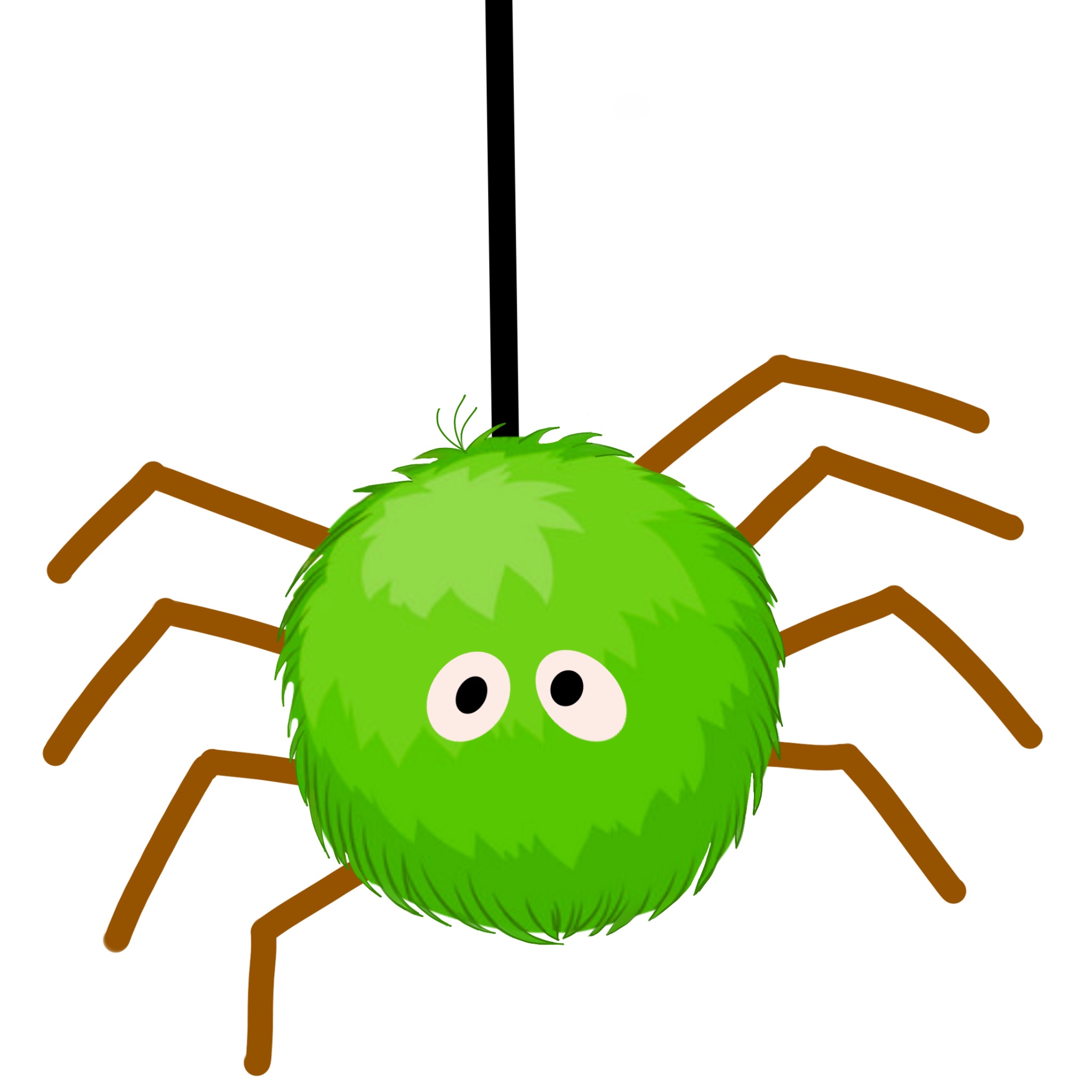 Evaluation
Evaluation
Overall, I believe the experience was a positive one and that the activity was a success! In receiving feedback from the class teacher, I know that she also agrees that the experience was very good. I don’t think there were any “bad” aspects of the experience, however there were definitely aspects that could have been better: by helping the children individually I could see that perhaps my explanation of the task wasn’t thorough enough. As well as this, in scurrying around trying to find resources to make pom-pom spiders, some speedy children were left waiting to begin the next task.
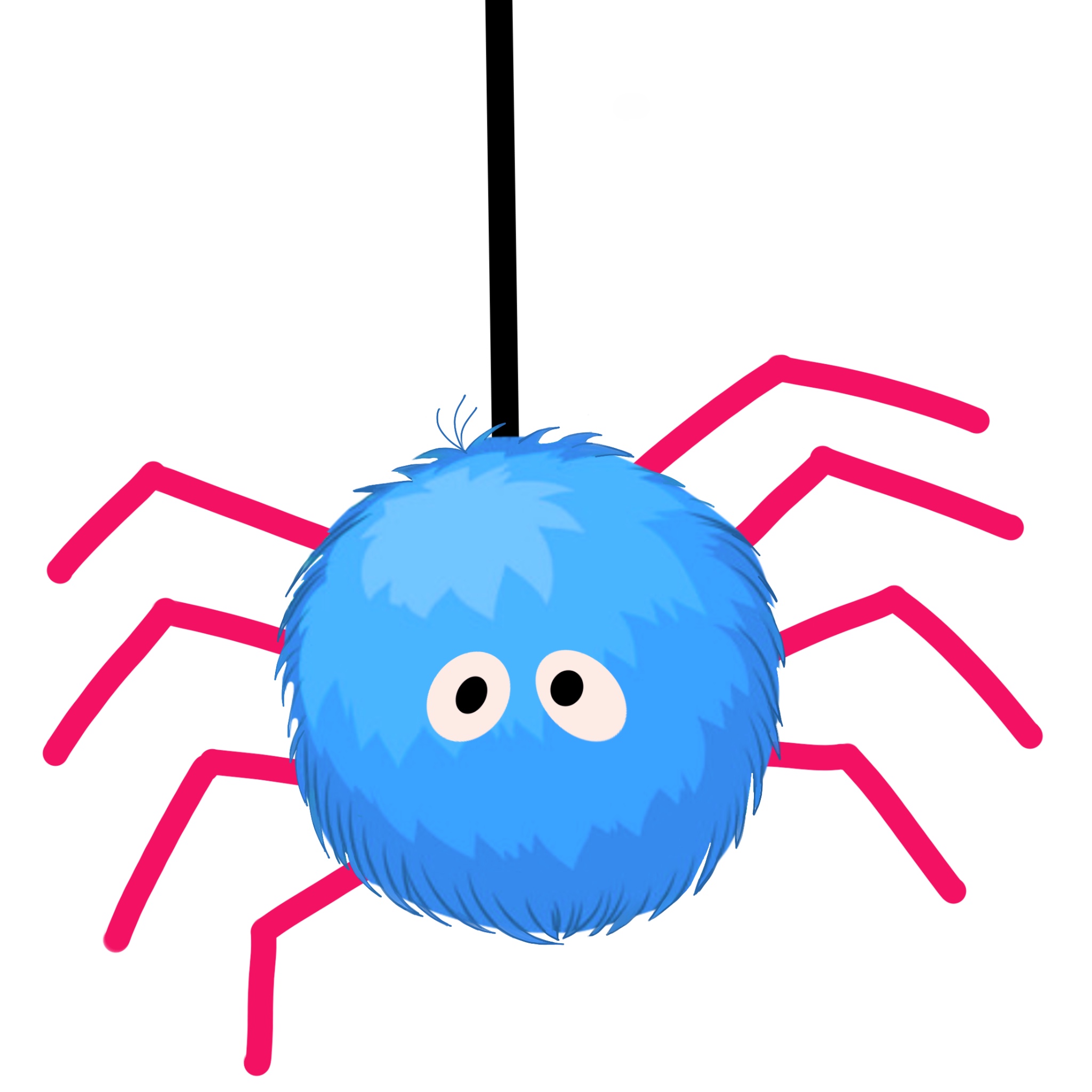 Analysis
Analysis
One of the biggest takeaways from this experience was the need to always be thinking ahead: when commencing this placement and in preparation for the activity, I had never considered the different paces at which children work and what task this poses for the teacher. While some may struggle to grasp the concept of the lesson and may take some time to understand it, other children are flying ahead and are tapping their pencils on the table! I now know how important it is to prepare a number of tasks for one lesson in order to keep every child busy and engaged.
 Conclusion and Action Plan
Conclusion and Action Plan
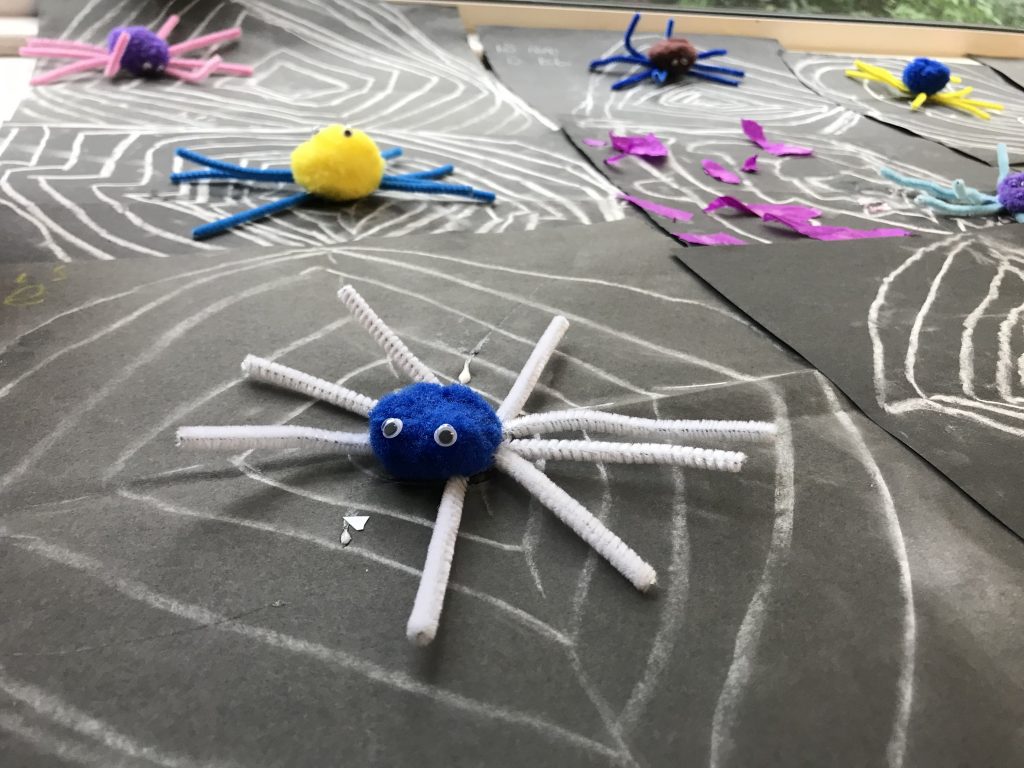
This experience has taught me a great deal in what to expect as a teacher! If I were to approach the task again, I would keep much of the lesson the same because it worked out very well! However, I would put more thought into the creation of the spiders and would gather the resources prior to the activity to save time and keep the children from waiting! As well as this, I would be more thorough in my explanation of the task: I would explain that the middle of the page is where the four quarters meet, and instead of asking the children for “curved” lines I may suggest that they do straight lines (as this seemed to have been a difficult concept for some children!)
In general, I would tell myself to be less anxious and worried about approaching this lesson and others to follow! In going forward I know a.) that you can’t prepare enough, b.) to take risks and be spontaneous, and c.) to trust myself and my ability!
- Cartwright, Lesley and McGregor, Debra. Developing Reflective Practice : A Guide for Beginning Teachers. Open University Press, 2011, Ebook.
Title: something catchy
You May Also Like

Learning from experience- Am I on the right track?
28 November 2021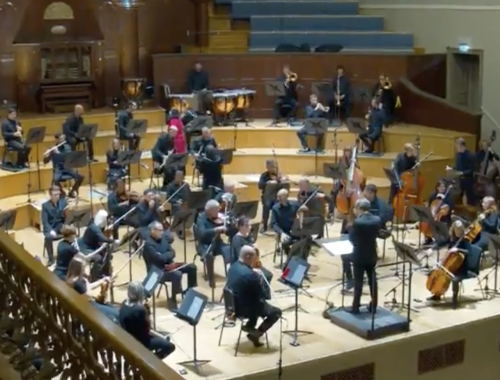
In at the Deep End: Recording an Orchestra
26 November 2021



